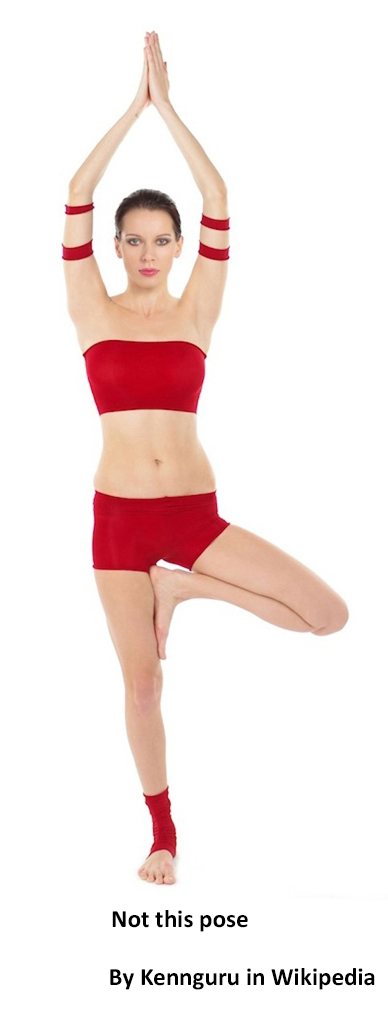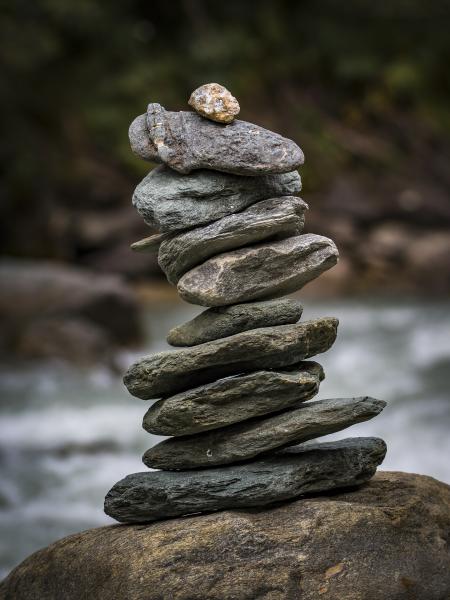Among the many changes as we age are a loss of flexibility, muscle mass and strength, balance, and weight gain. All these factors are found among the frail and not-so-frail in varying measures. Tests of muscle strength, a walking test, and hand grip have been successfully used to predict frailty, mortality, and perhaps just as important, the likelihood of falling. (Falling remains a significant cause of accidental death amongst the oldsters)
This new study looked more specifically at the loss of balance which most frequently becomes an accelerating problem once we pass age 60. It looked at 1700 participants in the Clinimex Exercise study – a Brazilian study, in this instance, focused on adults aged 51 to 75 initially evaluated in 2009 and again in 2020; followed for roughly seven years. They collected the usual data, and all the participants were fully ambulatory; no one had  unstable gaits or evidence of a balance disorder. They did not determine a history of prior falls, diet, physical activity, smoking, or use of medications – a limitation but not an insurmountable one.
unstable gaits or evidence of a balance disorder. They did not determine a history of prior falls, diet, physical activity, smoking, or use of medications – a limitation but not an insurmountable one.
They performed a straightforward test, asking each participant to stand on either their right or left leg for 10 seconds without becoming unstable. The measure was equally simple; you were either stable or not. (Should you wish to test yourself, I will wait a moment and then continue).
- Mean age 61.7, 68% male
- 20.4% of participants were unstable during those 10 seconds, and that increased with age. 5% of the youngsters (51-55) failed, and 53% of the 71 to 75 age group were unsteady too
- The unstable were “unhealthier,” with more heart disease, hypertension, cholesterol, and obesity issues. Their most striking difference from the stable group was a three-fold greater incidence of diabetes. Diabetes, over long periods, is frequently associated with neuropathy, especially numbness in the feet – the source of much, but not all, of our balance information. [2]
- During a mean follow-up of 7 years, 7.2% died.
- 17.5% of the unsteady group died compared to 4.6% in the rock-steady group.
- Deaths were not attributable to one cause or another.
This image of the mortality curves tells the entire story.

The researchers found that failing the test was directly associated with increased age, increased waist to height ratio (consistent with truncal obesity), and diabetes. Now the latter two characteristics are fellow travelers, so what we may be seeing in the study is the indirect impact of diabetes on health, but again some of those in the steady group had diabetes – perhaps of a shorter duration.
This is an easy test to perform and might serve as a screening tool for closer medical follow-up or, despite a current lack of evidence or study of benefit, physical therapies, like Tai Chi or other forms of balance work. At the least, it can join testing hand grip and walking short distances as simple primary care means of searching for frailty.
[1] For the political types, Hillel was not a strict constructionist; for him, the Torah was a living document. And his response to the potential convert? "What is hateful to you, do not do to your neighbor. That is the whole Torah; the rest is the explanation of this—go and study it!"
[2] The foot helps us maintain our balance, especially the big toe – patients who have lost their big toe have increased balance issues. The other significant source of balance information comes from our eyes, trying to maintain what we know as horizontal. That is why your balance may deteriorate when you close your eyes, and Yoga instructors suggest your focus on one point, your dristi, during balance poses like the one depicted known as Tree.
Source: Successful 10-second one-legged stance performance predicts survival in middle-aged and older individuals British Journal of Sports Medicine DOI: 10.1136/ bjsports-2021-105360




